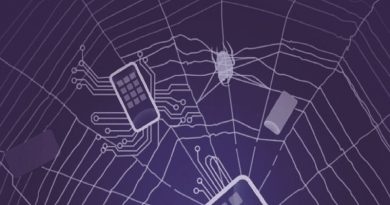Competing For Talent: How to Close the Cybersecurity Skills Gap
The cybersecurity sector is experiencing an unprecedented skills shortage and the bad news is that it is set to get worse. According to recent figures from the Department for Media, Culture and Sport (DCMS), there is an annual deficit of 14,000 entering the market which will lead to cumulative shortages. It is a situation further exacerbated by the Great Resignation which is seeing an exodus from the industry due to high stress levels and burn out rates, with more than a third tempted to quit their jobs.
There is particular demand for those in middle management or senior roles with three years of experience or more, according to the DCMS report, which is likely to cause problems for businesses over the next few years while new entrants hone their craft.










